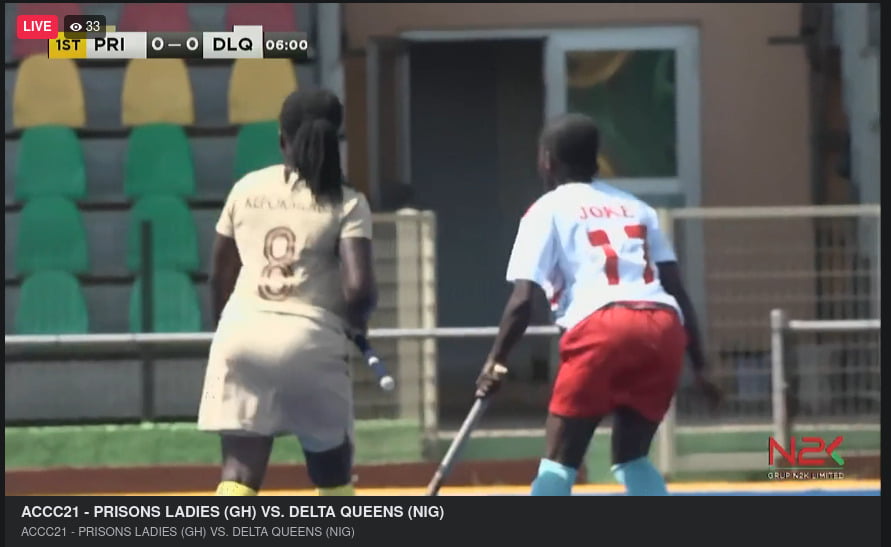January 29, 2023
Indoor hockey started in Europe as an alternate way to practice hockey in the months of winter when it was too cold to play the sport outdoors. Over the years, the game has developed and evolved into the fast, skillful and action-packed version of hockey that it is today, with countries all over the world playing the sport throughout the year. With the FIH Indoor Hockey World Cup South Africa 2023 starting in less than a week, find out about the rules of the sport that make it so unique and popular with hockey fans all over the world.
Pitch
The indoor hockey pitch is rectangular in shape, with any indoor sports hall flooring appropriate to play on. The dimensions of the World Cup pitch will be 40 meters long and 20 meters wide, and a blue, hockey specific flooring will be used to provide the best performance for the athletes and television appearance. Contrasting, yellow colored balls will be used to stand out from the colour of the pitch..
There are boards placed on the side perimeters of the pitch (but not the backline) that keep the ball in play.
The scoring circle has a 9 meter radius from the center of the goal-line and the penalty spot is marked 7 meters from the center of the goal-line.
Goals
The size of the goals in indoor hockey are smaller compared to outdoor hockey. The width of the goal is exactly 3 meters and it has a height of 2 meters. Goal-sideboards and goal-backboards are not necessary in indoor hockey.
Teams
Each team in indoor hockey consists of 6 players that includes 5 outfield players and 1 goalkeeper. Teams can choose to play with 6 outfield players by not playing a goalkeeper.
The total size of a squad in indoor hockey is 12 players and rolling substitutions are permitted.
Length of a match
An indoor hockey match is played over a course of 40 minutes, split in 4 quarters of 10 minutes each. In league matches, 3 points are awarded to the winning team, and if the result is a draw, then each team receives 1 point. During the classification stages of the Indoor World Cup, shoot-outs will be used to decide the winner.
Style of play
Indoor hockey requires players to possess some very similar skills to outdoor hockey, and some that are unique to the indoor format of the game. These include the ability to use the side boards to make passes and beat players, which is a crucial skill given that lifting the ball to dribble past players (the 3D skills commonly used in the outdoor game) are not permitted in indoor hockey.
Lifting the ball is only permitted when a player attempts to score a goal from inside the scoring circle, by the use of a flicking motion. The flicking motion is defined as: raising the ball off the ground by placing the head of the stick under the ball and using a lifting movement.
Hitting, striking or slap hitting the ball, using a swinging movement of the stick towards the ball, is not permitted anywhere on the pitch.
Apart from flicking to score, the only allowed motion is pushing which is defined as moving the ball along the ground using a pushing movement of the stick after the stick has been placed close to the ball. When a push is made, both the ball and the head of the stick are in contact with the ground.
The complete rules of Indoor Hockey can be found here.
The sixth edition of the FIH Indoor Hockey World Cup will start on 5 February, in Pretoria. To see the complete match schedule, please click here.







